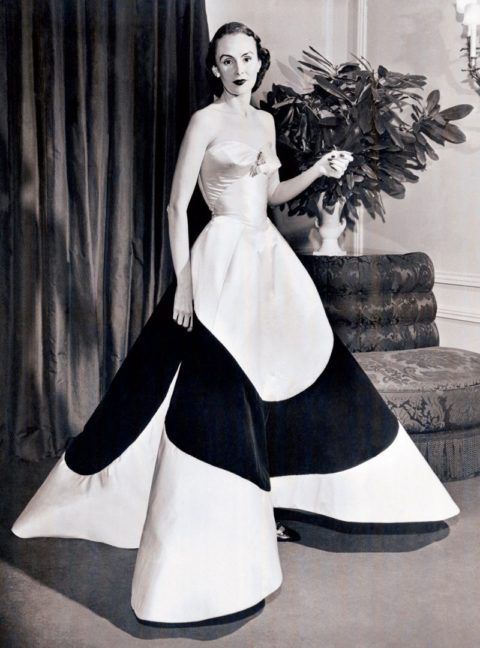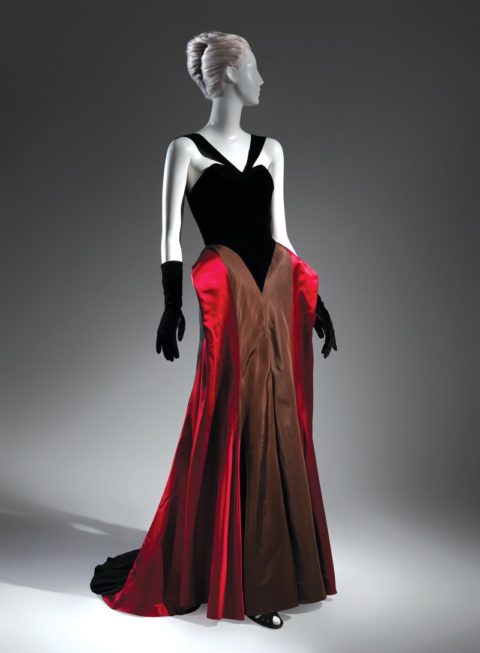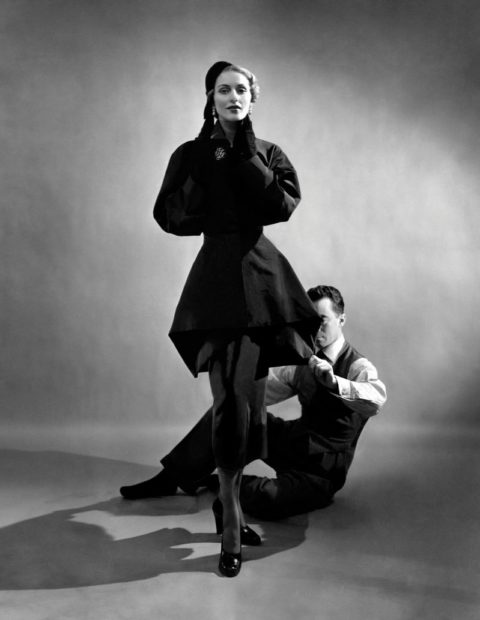Get to know Charles James: The forgotten genius behind this year’s Met Gala exhibit
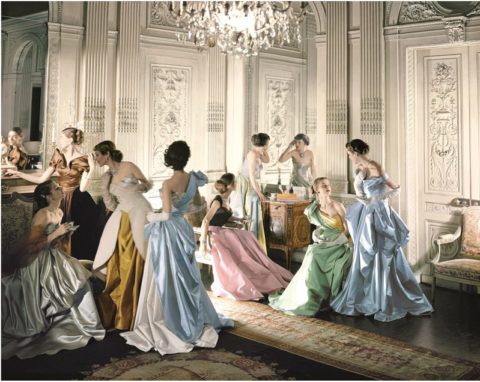
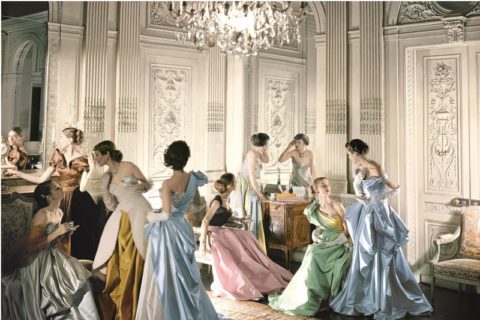
View some of Charles James’s most famous pieces »
Most people know their Chanel from their Givenchy, but bring up Charles James and you’ll likely hear crickets. Lauded as “the world’s best and only dressmaker who has raised haute couture…to a pure art form” by Cristóbal Balenciaga, he might just be the greatest couturier you never knew existed.
Born in 1906 to a British military officer and an American socialite, James got his start as a milliner in Chicago before finding his calling in couture. After moving to New York in 1939, he became the most exclusive dressmaker for America’s high-society swans, including Austine Hearst, Millicent Rogers and Babe Paley—a clientele he personally vetted, even giving them direction on how to move, sit and dance in his designs.
And with creations as sensational as his, James could afford to be choosy. His sweeping gowns and signature silhouette—strapless bodice, tiny waist, voluminous skirt—conveyed a sense of grandeur and majesty that ensured the wearer would be the star of any room. Even Christian Dior attributed the inspiration for his career-defining New Look to a James idea.
Known for his complicated constructions, James’s approach to dressmaking was that of an inventor—he established numerous techniques that have since become the gold standard of couture. It wasn’t unusual for James to spend years perfecting one piece or thousands of dollars on a single sleeve, often for gowns that weighed up to 25 pounds.
The Metropolitan Museum of Art is bringing James’s genius back into the spotlight tonight with Charles James: Beyond Fashion, the inaugural exhibition at the newly named Anna Wintour Costume Center. The exhibit will feature 75 of James’s extraordinary designs, including his show-stopping Clover gown, which co-curator Jan Glier Reeder describes as a masterful feat of engineering that “transformed the woman into some otherworldly creature.” Now that’s a feat worth celebrating.

